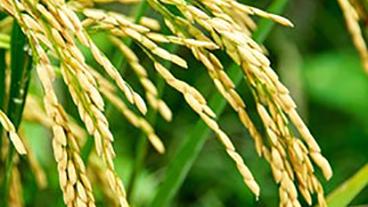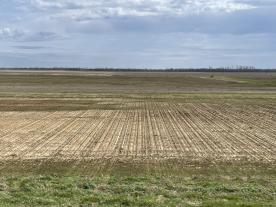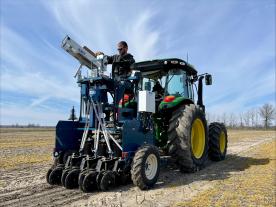Rice Extension
Rice is an important crop to the Missouri bootheel region, with around 200,000 acres harvested each year. Rice is traditionally flood-irrigated but near 30% of Missouri's rice acres are now furrow-irrigated, especially on the heavier clay ground in the southern bootheel region. Rice is primarily rotated with soybean, but continuous rice production also exists with the majority of that being in the southern bootheel as well.
Missouri farmers grow both long and medium grain rice varieties and hybrids, but typically near 98% of acres are long grain. Butler County typically leads Missouri in rice production, followed by Stoddard, Pemiscot, and Dunklin Counties in no particular order. The rice is sold to domestic and international markets for human consumption as rough and milled grain. Some rice also is used to make beer and gluten-free products.
Faculty members at the University of Missouri–Fisher Delta Center conduct rice research on loam and clay soils at Qulin and Portageville in southeastern Missouri. The Missouri Rice Research and Merchandising Council and Southeast Missouri State University are our partners in this work.
Find our research-based rice production insights on this site and, as always, eat MO rice!

Rice research
See updates on current rice research, reports and trials through Rice Extension.

DD-50 Rice Model
Program is currently under revision. Using the Arkansas DD50 program and selecting Clay County will provide reasonable estimates for the time being.
Weather reports by county
Visit these weather stations for real-time weather, year-to-date data and historical reports for assistance with rice production.


